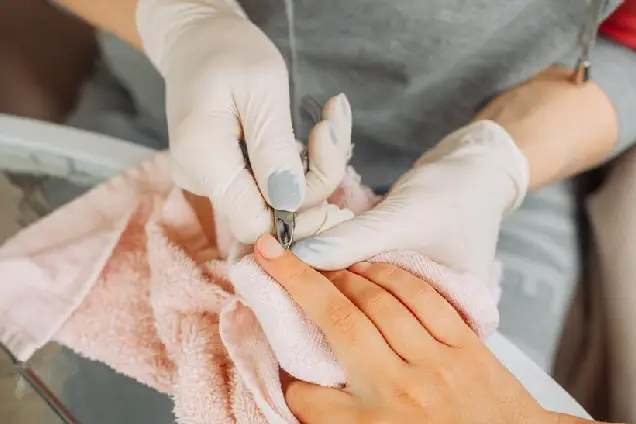
Nail surgeries are performed to treat various nail conditions or injuries, including infections, deformities, and traumatic damage. The specific type of surgery depends on the underlying issue and the desired outcome.
1. Nail Avulsion:
2. Matrixectomy:
3. Nail Debridement:
4. Excision of Nail Bed Lesions
5. Nail Reconstruction:
We at Subodha, have a dedicated dermatosurgery operation theatre. We perform all the above mentioned surgeries and in addition, we do complicated nail surgeries including pincer nail correction with flap, widening of nail bed and much more.